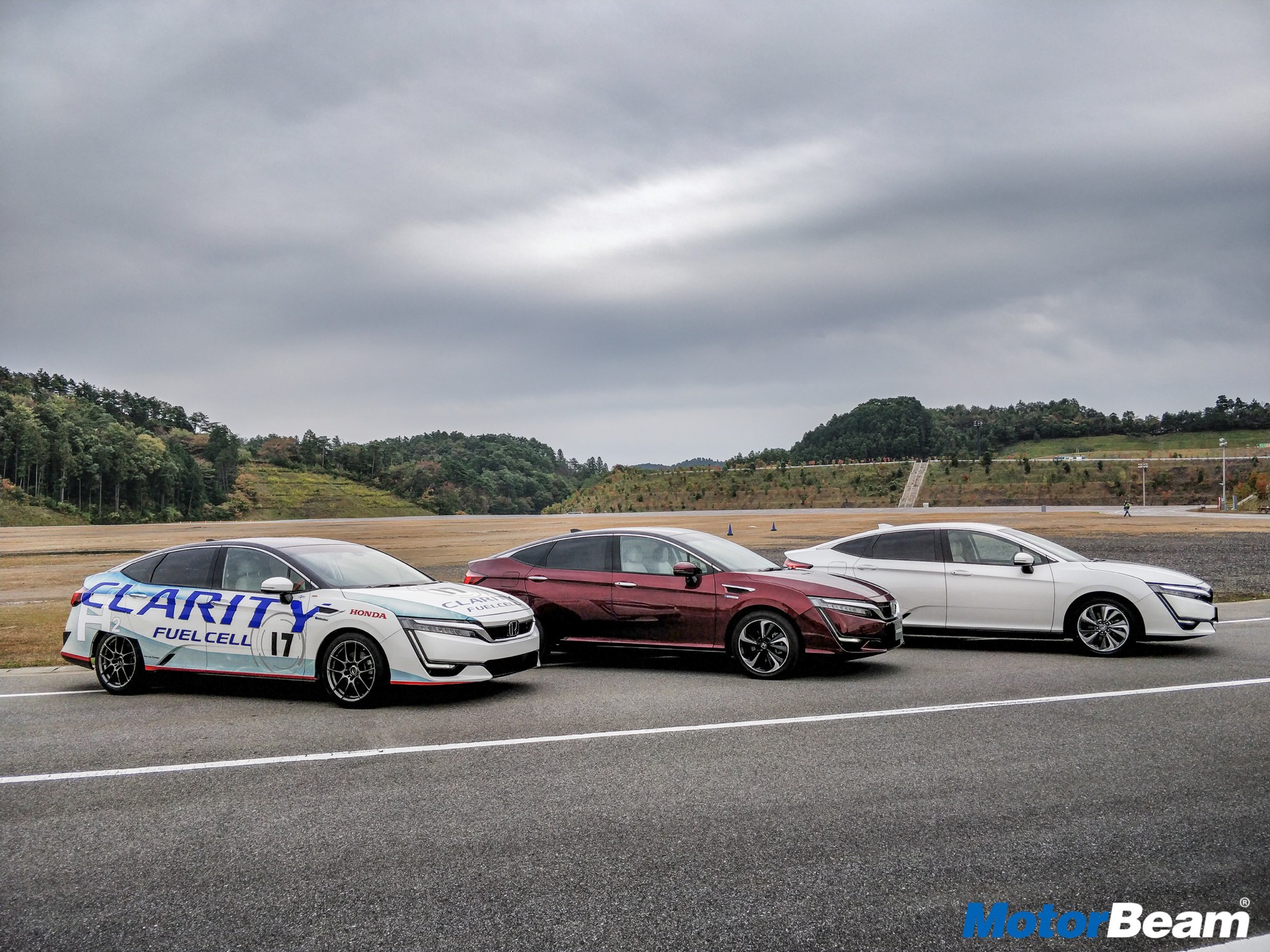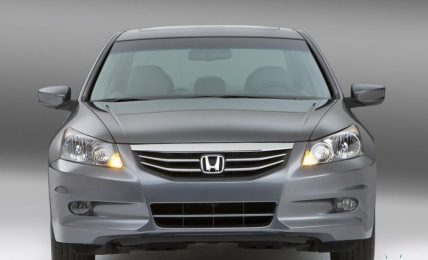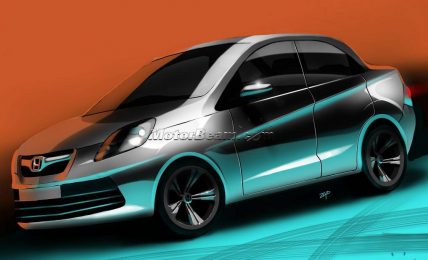Honda drafts Vision 2030 to take on the mobility challenges across the globe.

Honda hasn’t yet decided on an electric car for India but has drawn a plan for the global markets
In the light of the Tokyo Motor Show, Honda outlined its 2030 vision. Honda says it will strive to lead the advancement of mobility and enable people everywhere in the world to improve their daily lives. It plans to do so by “creating value for mobility and daily lives” by offering products and services that are optimised based on Honda’s desire to “utilise technology to help people,” and striving to become number one in the areas of environment and safety by “leading the efforts to realise a carbon-free and collision-free society.”
The 2017 Tokyo Motor Show saw an onslaught of EVs and amongst the stand out cars was Honda’s Urban EV Concept and the Sports EV Concept. We also got a chance to get behind the wheel of one of the eco-friendliest, zero emission vehicle made by Honda, the Clarity Hydrogen Fuel Cell car along with the Clarity EV and Plug-in Hybrid. Got a fast lap in the race spec Honda Clarity with a professional racing driver and to top it all, had a brief one on one chat with Honda’s Global head, Takahiro Hachigo. Here’s how it all fared.
India based EV coming in 2030 will be based on the Urban EV Concept
The Indian Government has already confirmed that only electric cars will be sold post-2030 which means manufacturers have little time to be ready for a new beginning in the electric era. Though there is little clarity in the regulations, all OEMs are gearing up for the new phase of electric mobility. The Urban EV Concept is based on the newly developed EV-dedicated platform that will be the future direction in design and technology for mass-produced electric vehicles. This concept looked smashing with its retro appeal and Honda’s first EV in India (which will be out in 2030) will be based on this platform.
The Sports EV Concept boasts of a highly responsive electric powertrain and lower centre of gravity
The Sports EV Concept made its debut at the Tokyo Motor Show and this sportscar will combine EV performance and Artificial Intelligence in a compact body shape. Sports EVs deliver remarkable performance owing to the fact that the torque is available right from the word go, with absolutely no lag. In conventional internal combustion cars, the peak torque comes in only once the turbo has spooled up. Another interesting two-wheeler concept shown by Honda was a motorbike which can balance itself using robotic and gyroscopic technology, like what is used in the Honda Uni-cub and the Segway.
The Clarity PHEV boasts of the latest Honda Sensing safety and drive-assist technologies
We were back at the Twin Ring Motegi to sample a few Hybrid cars and take a spin in Honda’s Clarity series of cars with 3 different powertrains, the Fuel Cell, EV and Plug-in Hybrid. Among the Hybrid cars we drove, we loved the City Hybrid and Jazz Hybrid and we feel they would make good sense for the Indian market. Unfortunately, Indian Government doesn’t believe that Hybrid is a stepping stone to EVs and currently offers no benefits to Hybrid vehicles and under the current GST (Goods and Services Tax) regime, Hybrids are the most-highly taxed cars. Therefore, these Hybrid vehicles will certainly not make it to India.
The Clarity Fuel Cell underpins an aluminium and high-tensile steel chassis
The Clarity Fuel cell is truly the car of the future. Hydrogen Fuel Cell technology has taken some time to be readily available owing to the unstable nature of the Hydrogen atom. However, with time, engineers have made the technology safe for daily use. So how does the Fuel Cell technology work? Water is made up of hydrogen and oxygen. Water is split chemically to separate the hydrogen and oxygen component. Oxygen is used for other industrial purposes while hydrogen is used as the fuel for the car. In the Fuel cell, an electrochemical reaction takes place which generates electricity, which in turn, powers the motor. As a by-product of the reaction, water is formed, which is then expelled through the exhaust making this technology completely emission free.
The Clarity Fuel Cell accelerates like a charm due to peak torque being available immediately
Since it is powered by an electric motor, torque delivery is instant and the performance is brisk. The only sound you can hear is the whine of the motor and tyre noise. We took a short spin with each of the 3 powertrains. The Fuel Cell powertrain is the same size as a V6 engine. It delivers about 138 BHP of power and 300 NM of twisting force. The best part is that the fuel tank can be filled from empty in a matter of just 3 minutes. The Clarity Fuel cell has the best range for an EV of about 750-kms on a full tank of Hydrogen. A hot lap with a professional racing driver in the race-spec Clarity just highlighted the fact that these cars are high on performance too. We tried the EV and Plug-in Hybrid as well but unfortunately, none of these cars are coming to India in the foreseeable future.
By 2025, Honda plans to come up with cars with ‘level 4’ standard automated driving functions
65 percent of the cars from Honda’s stable will be electric by 2030 and 50 percent of the portfolio will be hybrids
Finally, we visited Honda’s global headquarters in Tokyo and had a candid conversation with the man himself, Honda’s CEO, Takahiro Hachigo. India is the largest market for Honda in the Asia and Oceania region and Honda will be launching 6 news models in the next 3 years. Honda reckons and globally 50 percent sales will come from Hybrid vehicles by the year 2020. On India and the sales of EVs post-2030, Honda is ready to comply with regulations and has the technology, however, no firm plan has been made yet as Government policies are still not clear. Since battery technology is moving very fast, the weight of batteries is reducing while the range is increasing and by 2030 it will reach a very practical level. It will be very interesting to note how things pan out in the electric era of automobiles and most importantly how the Government develops the charging infrastructure across the country.
Primary market for the NSX sports car will be North America where it is badged as an Acura



